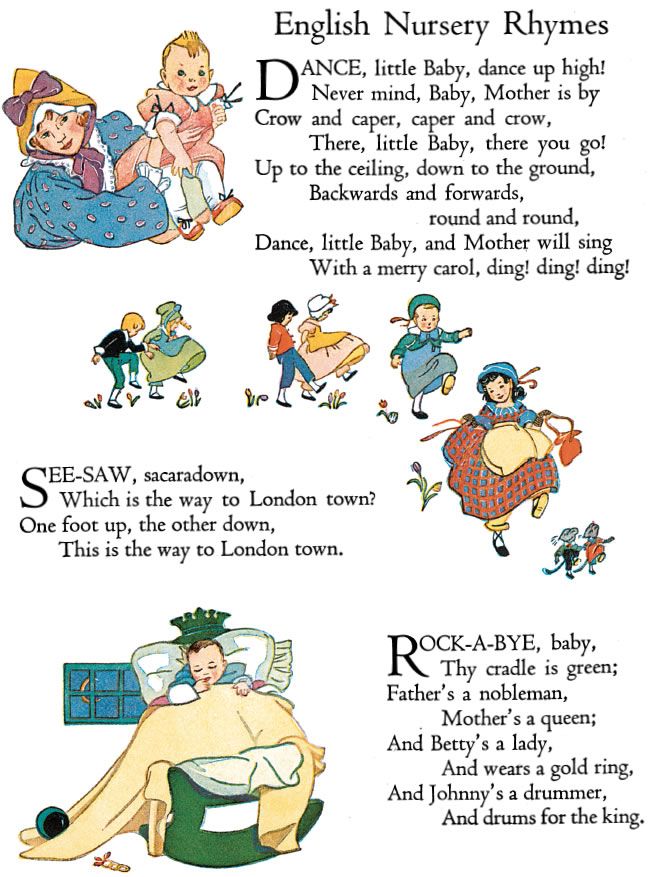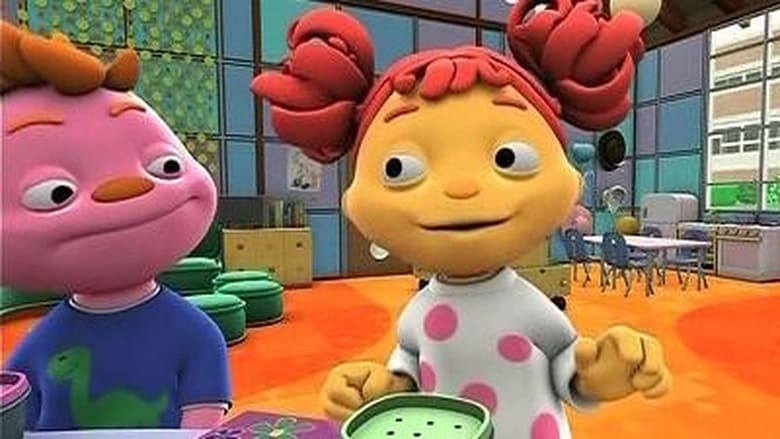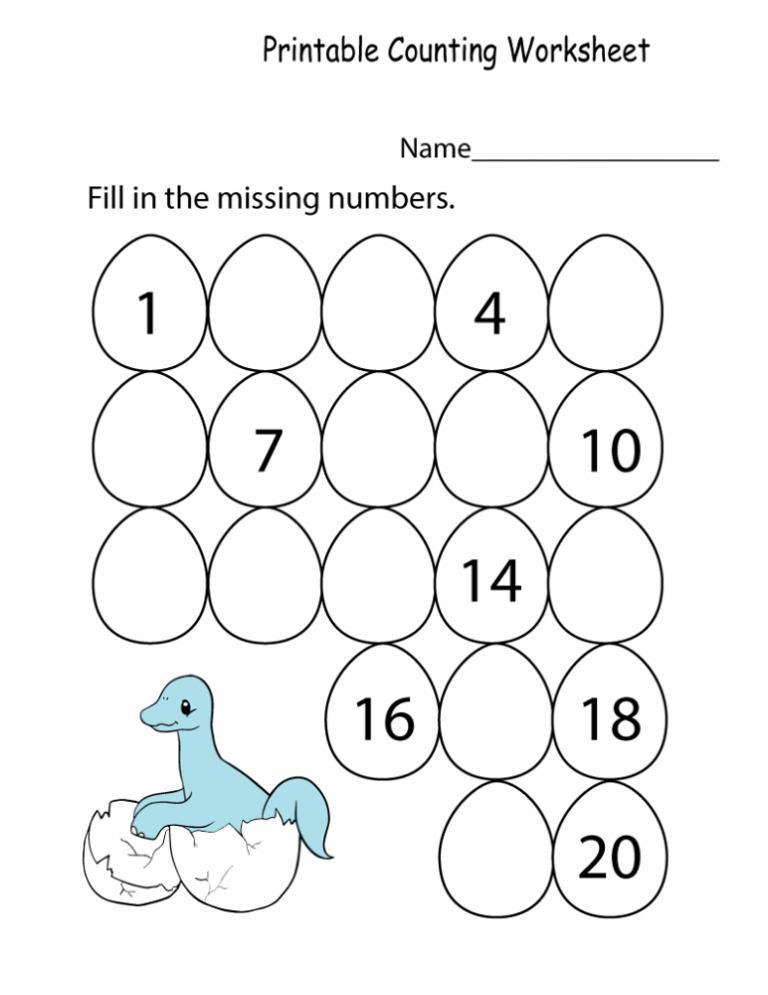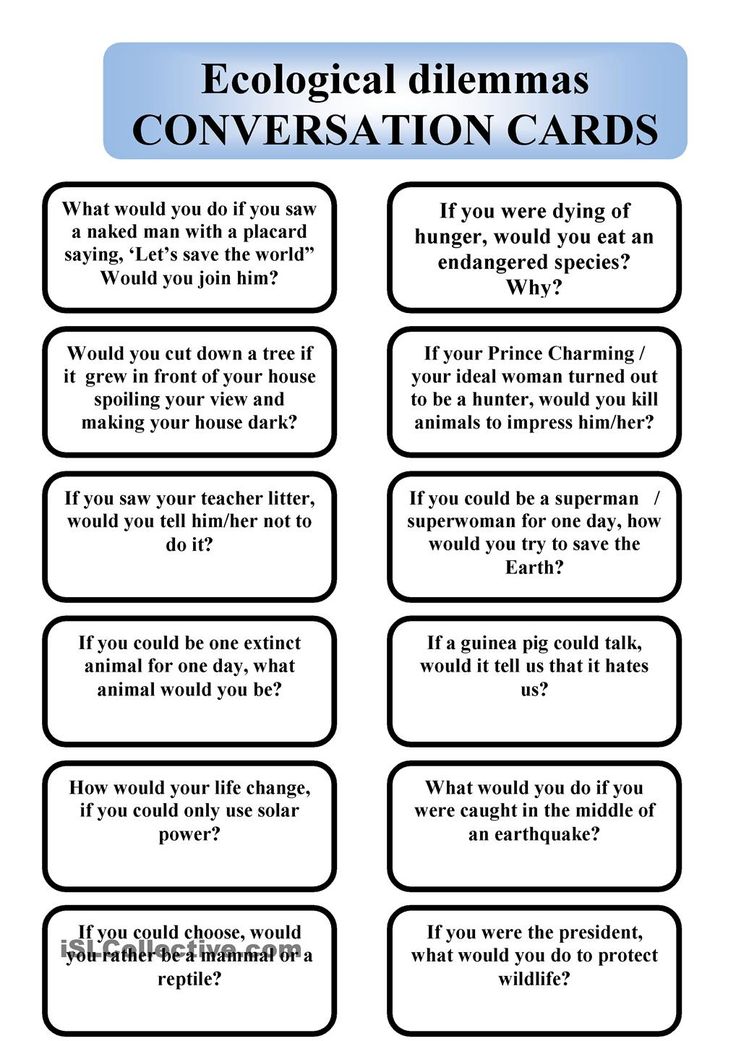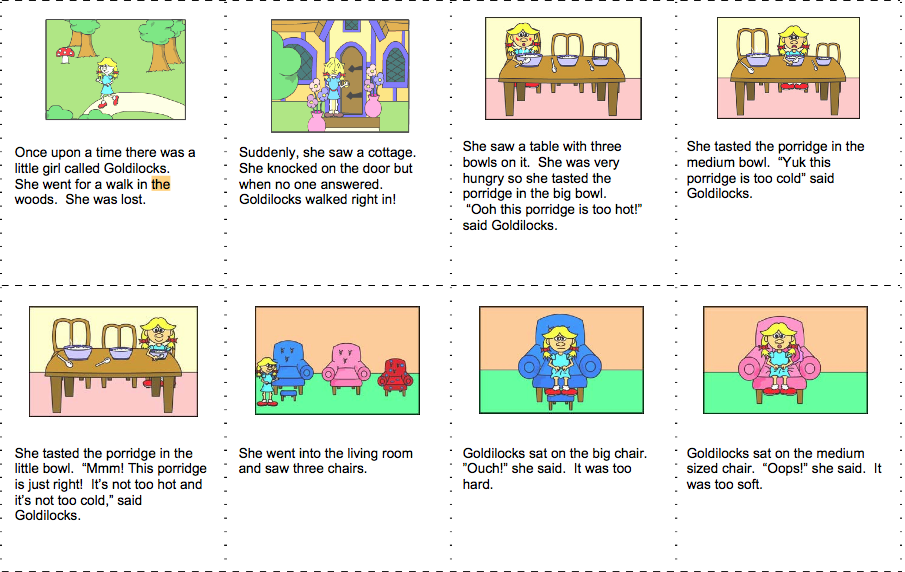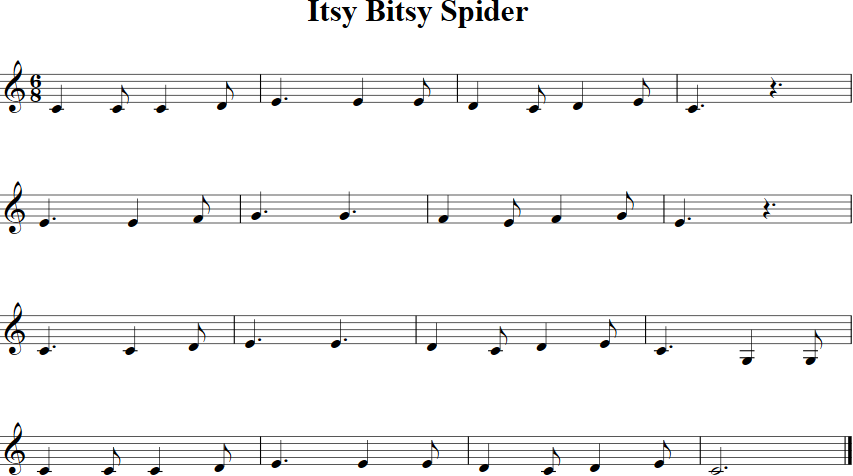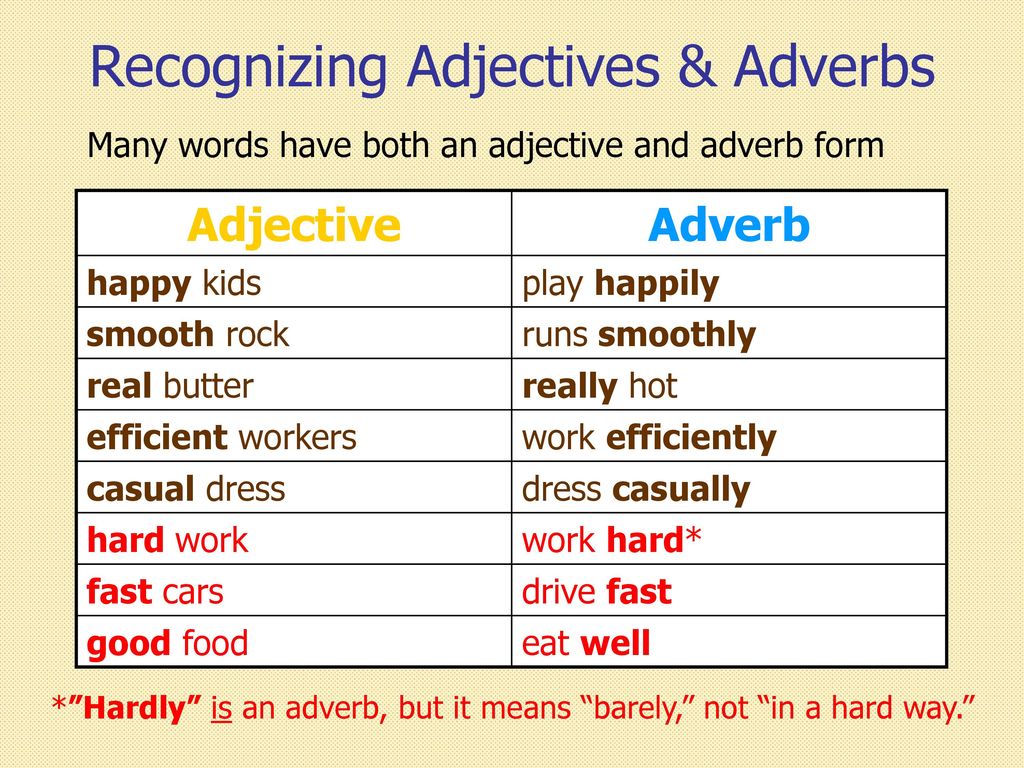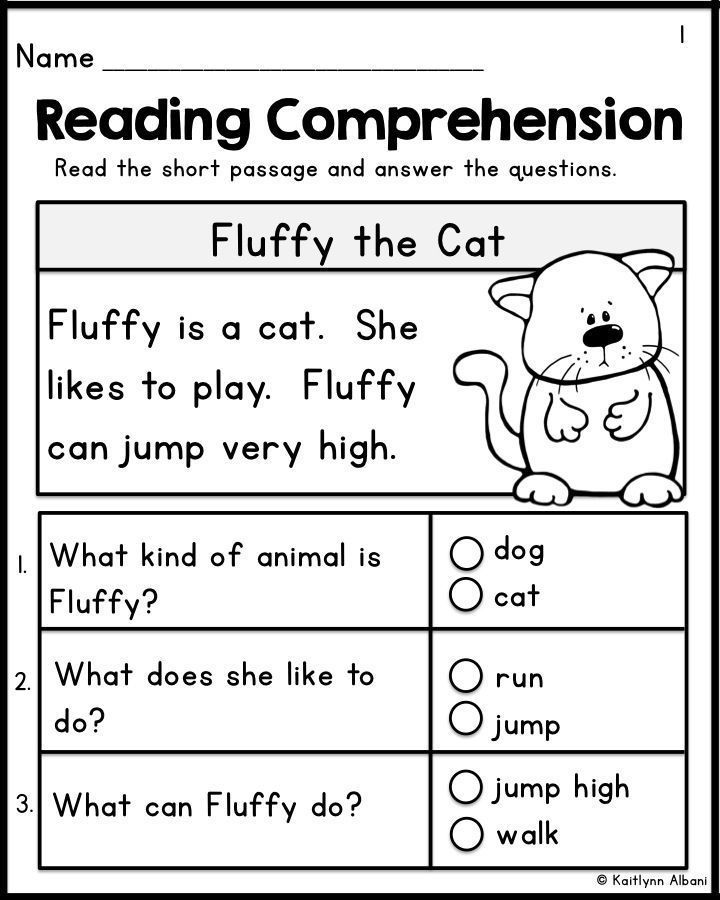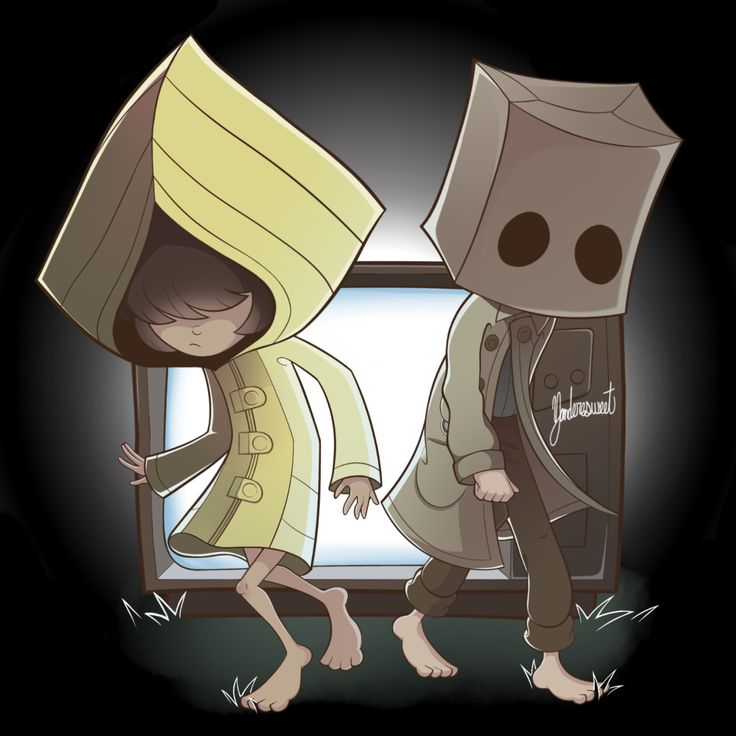Teaching toddlers emotions
25 Feelings Activities for Toddlers
Little people have big emotions! It is so important to allow toddlers to appropriately express their feelings and emotions that they don't fully understand. Sometimes as adults, we need reminders to be patient with our toddlers and understand that they are learning how to process their emotions and understand their feelings. It is important to teach children about emotions so as they grow and become more mature, they can handle their feelings and strong emotions in a positive way.
1. Making Faces with Food
It's time to let your child actually play with their food! For this activity, you can use rice cakes and spread peanut butter, raisins, veggies, or chocolate chips to make facial expressions such as happy, sad, or angry faces. This is a very yummy way to learn about emotions!
Learn More: Child Fun
2. Paper Plate Puppets
A fun way to teach toddlers about facial expressions is by using paper plate puppets. You will give each child a paper plate that has a smiley face on one side and a sad face on the other. You will share scenarios that prompt happy or sad feelings and discuss them.
Learn More: Child Fun
3. Feeling Wheel
Creating a feeling wheel is a great way to explore all the toddler's emotions. It includes feeling hungry, shy, sleepy, surprised, sick, happy, sad, angry, funny, and nervous. Your child can select the emotion and corresponding picture to share how they are feeling.
Learn More: Etsy
4. Feelings Flashcards
Feeling flashcards are a helpful way to teach young children about their emotions. These flashcards represent 40 different emotions. It is a simple activity that will help your toddler to recognize the wide range of emotions they feel.
Learn More: Amazon
5. Paper Plate Emotion Masks
Paper Plate Emotion Masks help identify overwhelming emotions that toddlers may feel.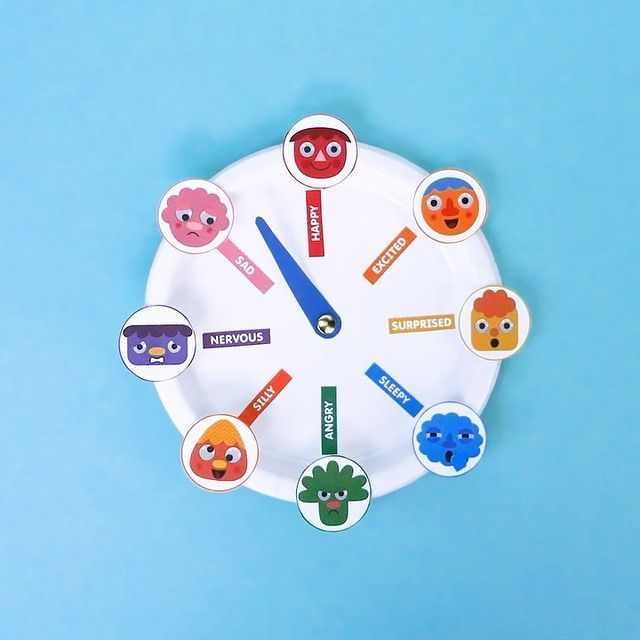 It will guide them to see a representation of emotions and match them with facial expressions and feelings.
It will guide them to see a representation of emotions and match them with facial expressions and feelings.
Learn More: Play Inspired Mum
6. Read Books About Feelings Together
Books are great resources to start the discussion about feelings with your child. There are several titles to choose from, including, "Lots of Feelings" by Shelley Rotner and more. Books are also an effective way to share illustrations of feelings and bond with your child.
Learn More: Zero To Three
7. A Little Spot of Feelings
A Little Spot of Feelings comes with 9 plush toys and a corresponding activity book. This set will encourage your child to process negative emotions as well as positive emotions in a fun and engaging, hands-on way.
Learn More: Amazon
8. Feeling Labels
Labeling feelings is an effective method of validating your toddler's feelings. Some ways children can learn about feeling labels are through activities such as making cards for feelings or putting together feelings puzzles.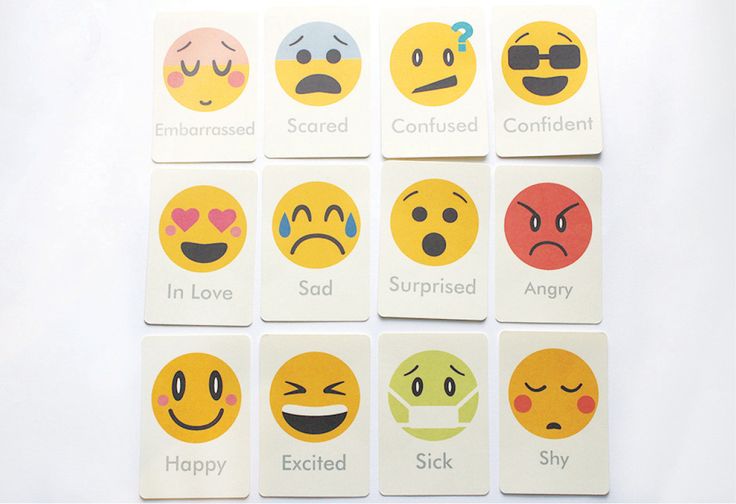
Learn More: Our Little Playnest
9. Learn About Feelings Activity Set
This learning about feelings activity set is a great way to teach toddlers and preschoolers about feelings. They can learn about emotions and even explore their playful feelings too. Overall, this is an awesome resource to learn social-emotional skills while playing a fun game with family and friends.
Learn More: Kohls
10. Emotion Matching Game
Does your toddler enjoy matching games? This emotion matching game includes free emotion cards that will allow children to understand emotions using facial features. This activity will cognitively challenge children while engaging them in game-based learning and using motor skills.
Learn More: Outside The Toy Box
11. Emotion Bingo
Emotion Bingo is a fun idea for teaching children self-regulation and emotion identification. It is also beneficial in practicing visual motor and fine motor skills.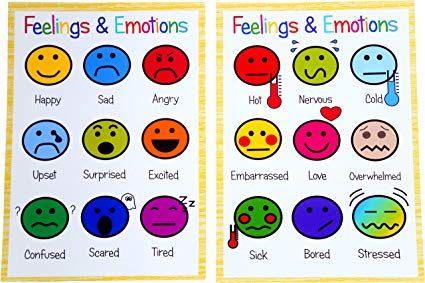 During the game, you may find opportunities to allow your little one to ask you questions about feelings or share their current emotions.
During the game, you may find opportunities to allow your little one to ask you questions about feelings or share their current emotions.
Learn More: Your Therapy Source
12. Emotion Puppets
Creating emotion puppets will be an engaging way to teach your toddlers about emotions while making an awesome craft. Your child will learn about facial expressions and expressing feelings through color. This is a creative activity that can help with teaching your child about emotions. How cute are these puppets?!
Learn More: Montessori From The Heart
12. Emotions Puzzle
This is another excellent emotion game in which children will match the top and bottom portions of the face. They will choose from a wide array of emotions to identify the matching sets. This is a fun activity for your little one to learn matching and emotions simultaneously.
Learn More: Montessori From The Heart
13.
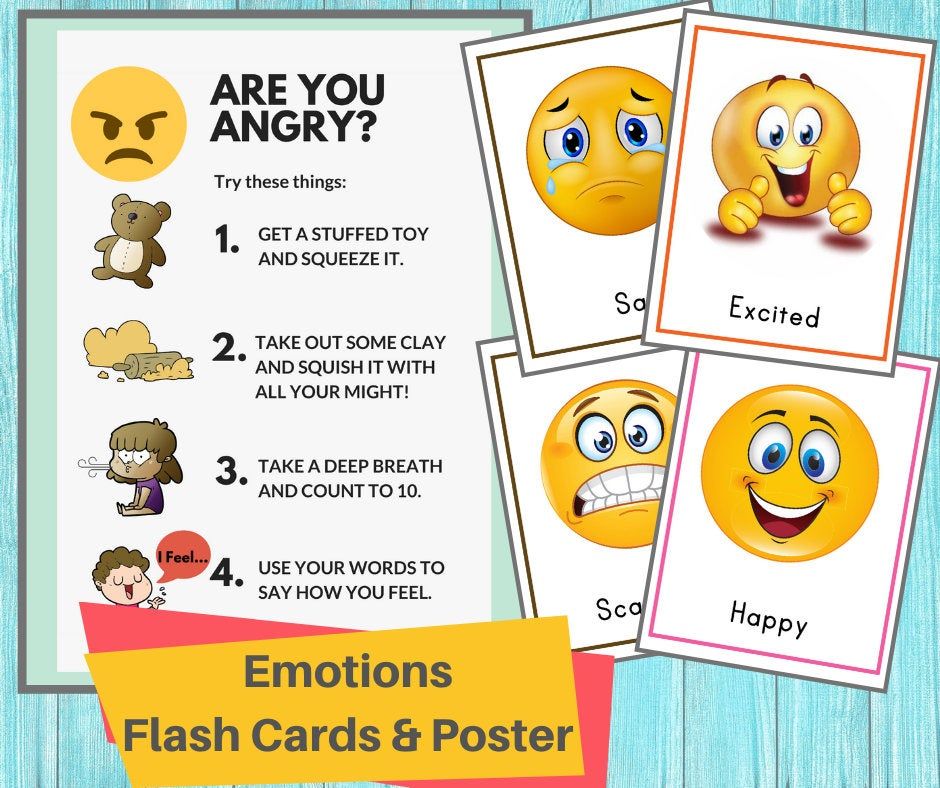 My Feelings: My Choices Flip Book
My Feelings: My Choices Flip Book
Flip books are the perfect idea for young children to use because they are easy to navigate, and you can draw on them with dry-erase markers. My Feelings: My Choices Flip Book allows children to identify their feeling using the feelings chart and find the corresponding page number.
Learn More: Etsy
14. Feelings & Emotions Printable Pack
This printable pack includes a feelings thermometer, feelings wheel, feeling color chart, feelings list, and feelings alphabet. You can use these with your child on a daily basis to discuss feelings. These activities will promote emotional regulation and emotional expression. Even simple games can make a big difference.
Learn More: Etsy
15. Emotion Board Game
The emotion board game is a fun social-emotional activity for children to interact and have fun playing board games while they learn about feelings and emotions. All of these game pieces are printable so you can have them downloaded and printed in minutes.
All of these game pieces are printable so you can have them downloaded and printed in minutes.
Learn More: Etsy
16. Feelings Flip Chart
Modeling the feelings flip chart with your child will promote conversations about emotions. I recommend taking turns with your child to identify emotions on the chart and selecting the most appropriate follow-up action. This is a great activity that will open the discussion about emotions with your little one.
Learn More: Amazon
17. Puppy Matching Emotion Game
The puppy matching emotion game uses super cute emotion characters to teach toddlers about communication skills and facial expressions. If you have a toddler who loves puppies, you may want to check out this printable activity.
Learn More: Etsy
18. Feelings Charades
Who is ready for a fun game of charades? I know I am! Playing feelings charades will help little ones identify and process emotions and how other people express their feelings.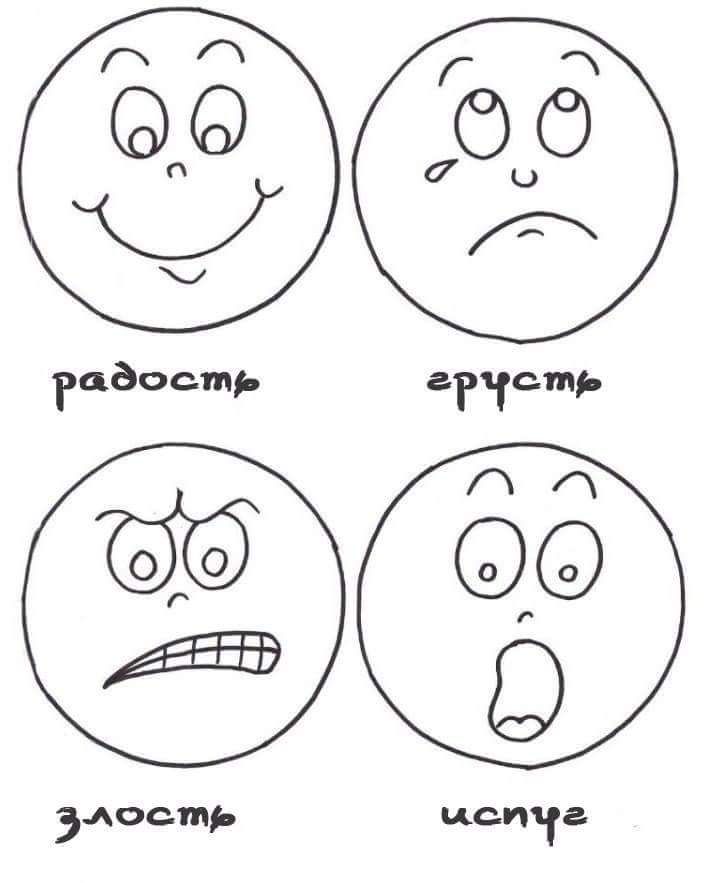 As a result, children will start to be more accepting and understand other people's feelings.
As a result, children will start to be more accepting and understand other people's feelings.
Learn More: Centervention
19. StoryBots Super Songs about Emotions
This StoryBots Super Songs video is perfect for teaching your toddler about emotions. Teaching emotions with songs can enable your child to understand emotions in a different way. After watching this video with your child, discuss how your child is feeling along with calming skills.
Learn More: Netflix Jr.
20. Circle Time Feelings
Circle time is the perfect time to talk to your little ones about how they are feeling. As the day is starting, children can share what is on their minds. I love the idea of taking pictures of your child with different expressions and having them pick one to share.
Learn More: No Time For Flashcards
21. Stack and Build Emotion Kids
Stack and build emotion kids is a great tool to help teach children about body language.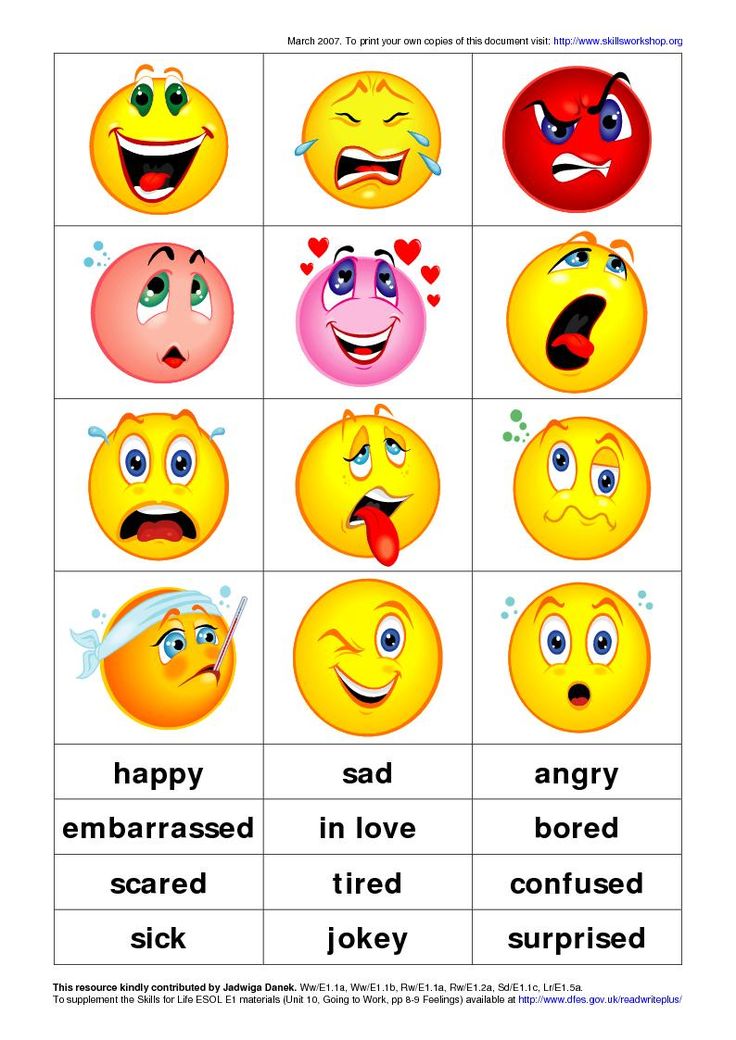 It is important to understand interpreting body language to identify how someone may be feeling. This will help with friendship skills and developing empathy.
It is important to understand interpreting body language to identify how someone may be feeling. This will help with friendship skills and developing empathy.
Learn More: Lakeshore Learning
22. Calm Down Mini Book
Check out this free printable calm down a mini book that serves as a reminder for your child of the positive choices they can make when they are feeling sad or angry. Some of the choices include asking for a hug, counting to five, and taking deep breaths.
Learn More: The Mommy View
23. Calm Down Cubes
Calm down cubes are a fantastic and fun way to assist your child with regulating their emotions. The calm down cubes include 12 different soothing strategies such as, "hug a toy", "draw a picture", and my personal favorite, "dance it out".
Learn More: Lakeshore Learning
24. Affirmation Station
Incorporating an affirmation station in your home or school is very beneficial for children of all ages. This special place is set up with a mirror and words of affirmation to remind your child of positive thoughts and feelings when they are feeling down. What a confidence booster, too!
This special place is set up with a mirror and words of affirmation to remind your child of positive thoughts and feelings when they are feeling down. What a confidence booster, too!
Learn More: Etsy
25. Cosmic Kids Yoga: Exploring Feelings
My children can't get enough of Cosmic Kids Yoga. This particular episode is about exploring feelings. Children will learn about feelings, emotions, and how to appropriately channel their energy using fun yoga poses.
Learn More: Cosmic Kids Yoga
A Step by Step Guide to Help Toddlers Express Their Feelings
With all the other milestones our children have to meet – like potty training
and eating – we forget the important emotional milestones our toddlers need to conquer.
When toddlers have a hard time expressing their feelings they are more likely to get frustrated and aggressive and can lash out at those around them.
How many of us have observed our little angels turn into piranhas and leave their mark “literally” on their playmates or caregivers.
My child therapy practice is flooded with children in daycare and pre-school who are on the verge of getting “kicked out” because they keep biting their peers.
Some parents are shocked and mortified by their children’s behavior and treat it like a discipline issue. There are parents who will put hot sauce in their children’s mouth or even bite their children back!
In reality their children’s behavior is just a desperate effort to communicate their needs or feelings to others.
I am not saying the behavior should not be consequenced, but then teach your children the skills to express their feeling so they don’t wind up in the same situation again and again!
Toddlers usually move out of this behavior as they get older and acquire the emotional vocabulary to make their feelings heard by those around them, but why wait?
Toddlers have the capability and the capacity to learn how to express their feelings – they just need to be coached in the right direction.
I have worked with many young children and some older children who had an extremely limited emotional vocabulary. I have worked with children who could not identify their feelings outside of happy, sad or mad. Many children I have worked with – even older children – didn’t know what the meaning of “worried” meant. Children would often mislabel their feelings as “sad” when they really meant “scared.”
When children don’t have the ability to accurately describe how they are feeling, we as parents will have a much harder time knowing how to help them. So let’s roll up our sleeves and teach our toddlers how to express their feelings!
Model feeling words for your children.
All too often, we as parents don’t express our feelings in the best way. Our children are constantly watching us, copying us, looking to us in order to gauge how they should act and what they should say.
So when we curse – our little kids think that this is how they are meant to express their feelings.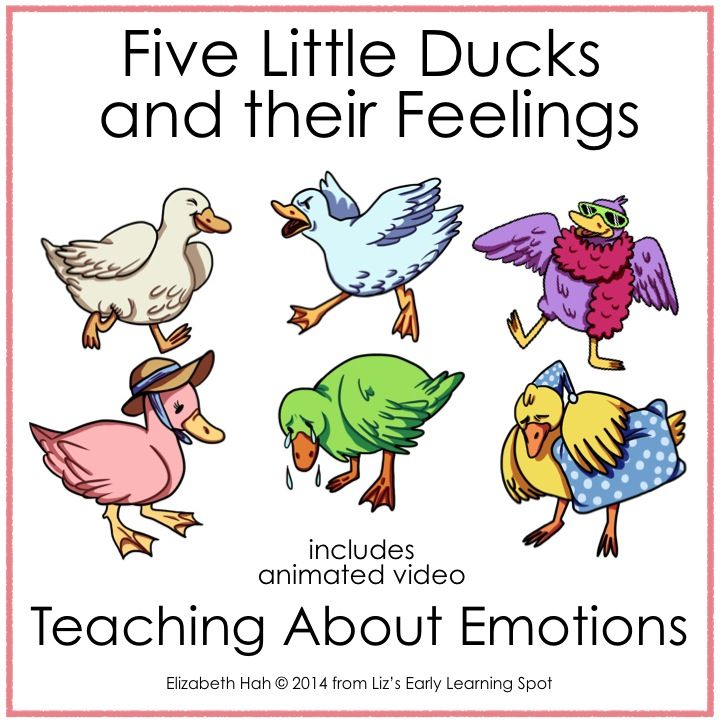 When our children get mad they will repeat our words – as colorful as they may be – but then they get in trouble and are told, “Don’t say that!” Well, that’s confusing!?
When our children get mad they will repeat our words – as colorful as they may be – but then they get in trouble and are told, “Don’t say that!” Well, that’s confusing!?
Toddlers are just learning how to navigate through their world and half the time they are feeling pretty lost. We as parents can make it easier or more complicated for them.
When you are upset, try and use good feeling words. I know we are all human and this may be impossible all the time, but it is good to be at least cognizant of the vocabulary you choose to use around your toddler.
Try using expressive words that help define the exact emotion you are having at the time. Use a large vocabulary of emotional words such as worried, frustrated, annoyed and upset. You can say things like, “I am so frustrated right now! I keep trying to fix this toy, but it is not working!” or “I am worried. Everyone is getting sick and I am worried we are all going to get sick too!”
Toddlers will learn to use emotional words accurately and in the right context if they hear it being used around them.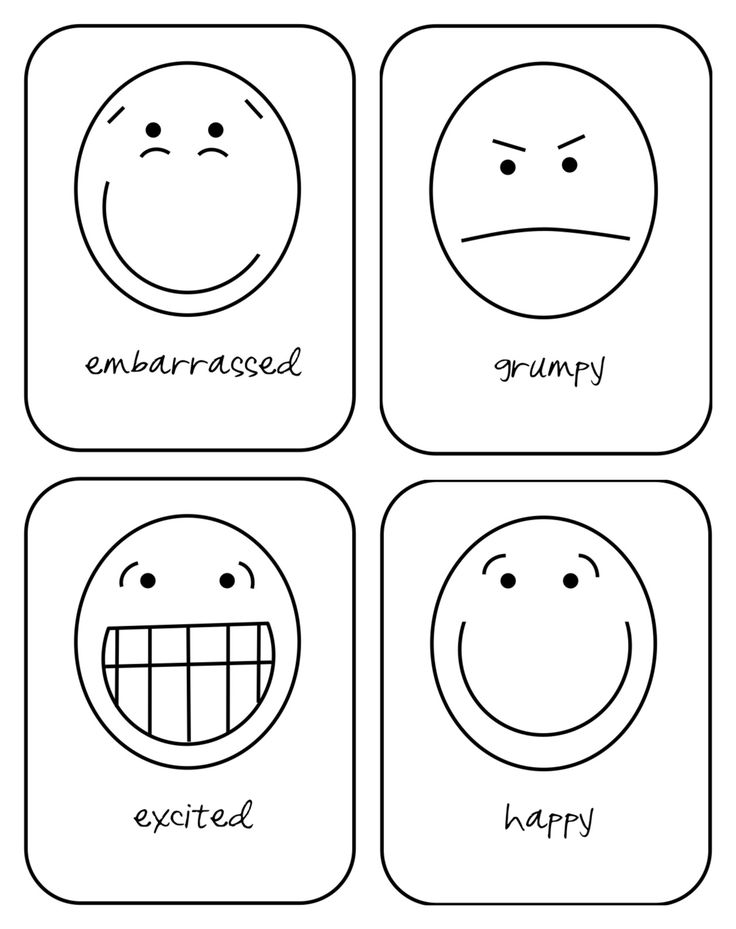 Until children go to school – we are creating their vocabulary.
Until children go to school – we are creating their vocabulary.
Label your children’s feelings for them.
Often younger toddlers have a limited vocabulary and when they are upset their vocabulary becomes even more limited. Toddlers will revert to grunting, growling, shouting, crying and pouting when they are upset. Most of the time parents know why their child is upset.
Help your children put words to their feelings. If your children are upset because they can’t have a cookie and they are pouting, you can say something like, “You are mad. You are mad because you want a cookie and I won’t let you.”
As simplistic as this sounds, you are actively teaching your children how to link their feelings to words. As your children hear you use more feeling words, they will start to correct you if you are not accurately labeling their feelings. They might say, “I am not sad! I am mad!! I wanted that toy and she just took it away.”
When your children start to do this – you will know they are starting to develop their emotional intelligence.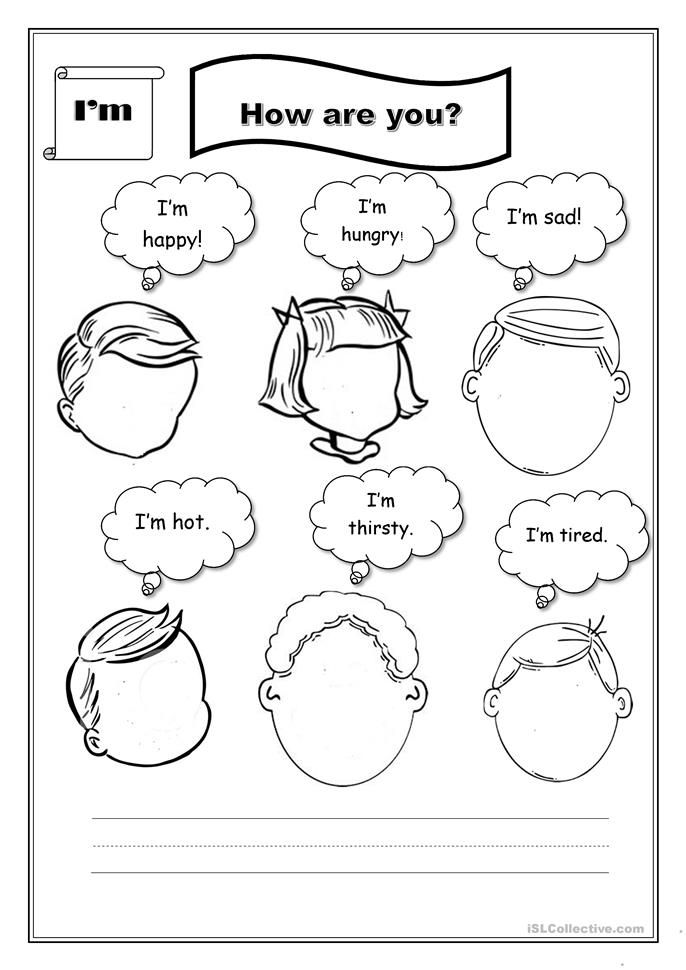
You can also prompt your children to look in the mirror while you say, “Look at your face. It is all red and scrunched up. You look very angry right now.” This will give them a visual image of their mood and an emotional word that matches their feelings.
Point out other people and label their feelings.
Observation is a wonderful way to learn. When you see someone showing a strong emotion, label the feeling for your toddler. You can say, “You see that little girl. She is crying. She must be sad. I wonder why she is sad.”
Labeling other people’s feelings not only increases your children’s emotional vocabulary, it can also improve their empathy towards others. Your children will be able to read social situations more accurately because of their ability to read other’s emotions.
Have a feelings check-in at dinner.
It is a nice family tradition to check-in with everyone at dinner. Some families will have everyone at the dinner table tell a “high and a low” for their day.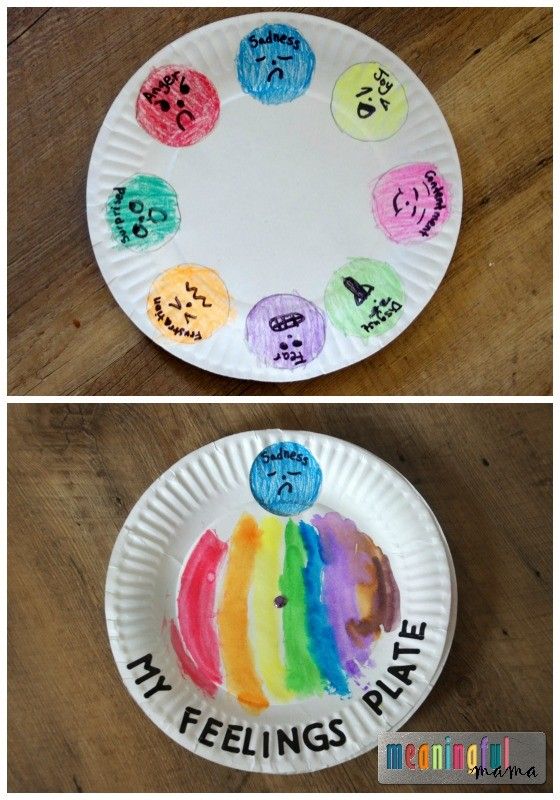
For younger children you can adapt this tradition and have everyone say something that made them happy and mad that day. You can alternate what feelings you use each day, keeping a happy feeling (happy, excited etc.) and an unpleasant feeling (scared, mad, sad etc.).
For toddlers that are restless and don’t sit for dinner, you can do this check-in at bedtime when you are tucking them in.
Play feeling games.
You can a play a “Guess my Feeling” game with your toddler. You can both take turns making facial expressions and you each have to guess what feeling is being shown.
This helps on two levels. One, it helps your children match up your facial expressions to your various emotions. Two, it helps them match up their own facial expressions to an emotion as well. Play the game near a mirror, where your children can visually see their various expressions.
If your child is technologically savvy, they can play apps specifically designed to help toddlers learn and express emotions.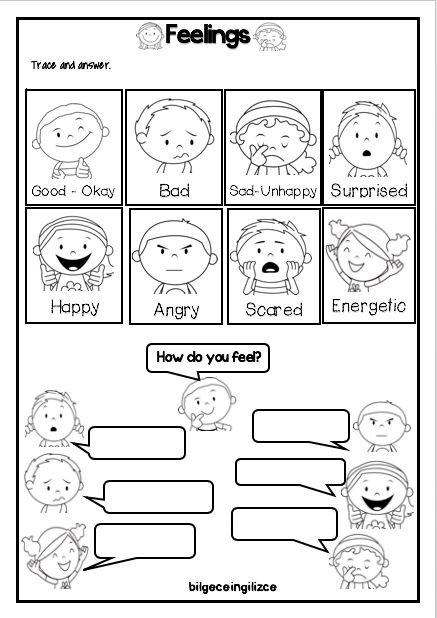 If you type in “feelings” when searching for games, you will be presented with a long menu of toddler and pre-school games based on feelings – many of them are free.
If you type in “feelings” when searching for games, you will be presented with a long menu of toddler and pre-school games based on feelings – many of them are free.
Watch shows and read books that focus on feelings.
Children learn through many different modalities. There are many great children’s shows that address feelings in every episode. One of my favorite shows for this is Ni Hao Kai-Lan, a Nick Jr. show whose premise is to teach about the Chinese culture, but also does a wonderful job at labeling feelings and teaching children emotional problem-solving. Another favorite of mine is the PBS show Daniel the Tiger, which covers some wonderful topics around feelings and problem-solving.
Books are also a wonderful resource to help teach your children about feelings in a more natural, informal way. There are a slew of great books for toddlers and preschoolers based on feelings. Amazon is an easy way to search for a long list of feelings books for toddlers.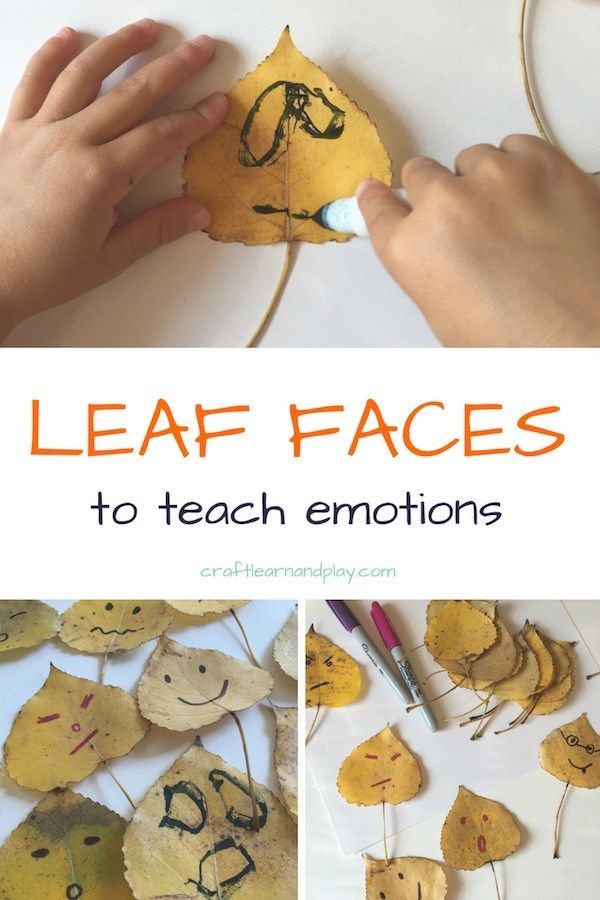 Here are just a few:
Here are just a few:
Teaching your toddler how to express their emotions will take time and patience. The most effective way to teach toddlers how to express their feelings will be in the natural setting of your day-to-day activities.
Learn to incorporate feeling words into your vocabulary. Frequently label your child’s feelings. Read books about feelings. Watch shows about emotions. Before you know it, your children will have developed skills to effectively express how they feel!
For more articles on toddler emotions follow Anxious Toddlers boards on Pinterest:
Follow Anxious Toddlers’s board TODDLER Emotions on Pinterest.
For more parenting tips – get the book How to Parent Your Anxious Toddler
Teaching children to manage emotions
Development of the theme
Categories
Kirill Karpenko
In one study, it was found that the way parents regulate their emotions and the emotions of their children has a great influence on the development of the child and his academic success.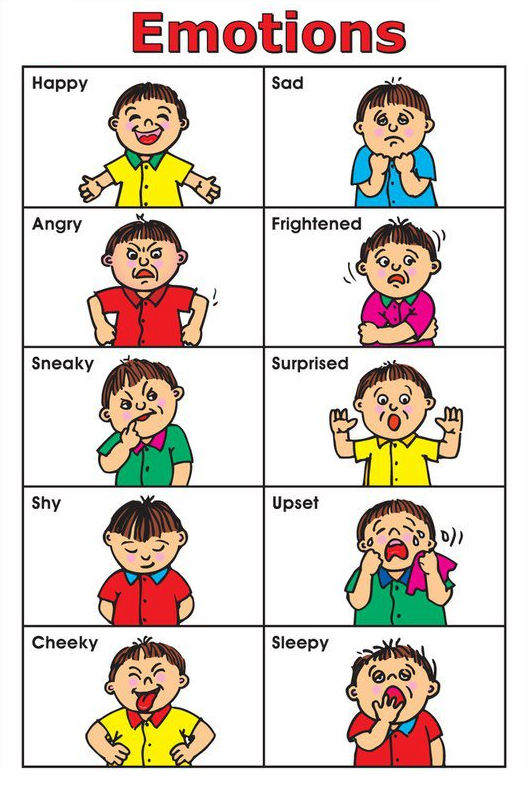
Children who are taught to manage their emotions have a greater ability to concentrate, do better in math and reading, are more disciplined, have a lower heart rate, and have fewer stress hormones in their bodies.
Four types of parents
There are four types of parents :
- ignore the anger or discouragement of their children;
- judge children for their feelings;
- believe that the role of parents is limited to simply accepting their child's emotions;
- help children make sense of their emotions and express them constructively.
For example, if a child sits with a sad expression on his face or cries, then the parents from the first group will simply not notice it. Parents from the second group will demand that the child be silent, stop crying, etc. Parents from the third category will try to calm or cheer up the child: they will sit in front of the TV and turn on the cartoon, give candy, pick it up, etc. Parents from the fourth group will ask:
Parents from the fourth group will ask:
- Are you sad?
- Yes.
- Did something happen?
- ...
- What will you do in this situation? How can you improve your mood? What conclusions did you draw from what happened? What has this story taught you?
Children of parents from the fourth category overtook their peers both in intellectual and physical development [1. With. 408].
Habit
The results of this study point to one of the most important areas of child upbringing. Parents can give children not only their love and control, but also teach them to be aware of their emotions and manage them.
In some countries teaching children to manage their emotions is a common element of parenting. William James more than a hundred years ago, in lectures to teachers, told how educated Indians came to them in Cambridge.
“'I don't understand,' said one of them, 'how you can live the way you live: without devoting a single minute a day to thinking in a calm position.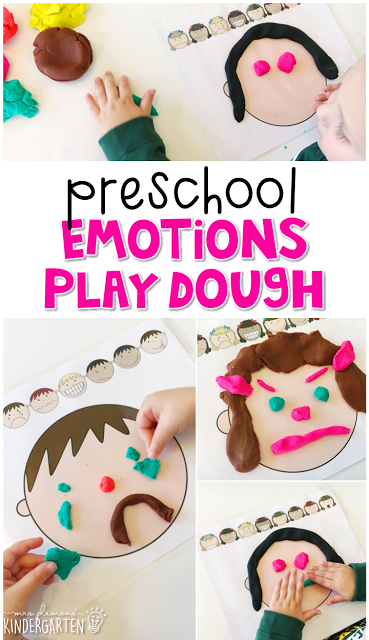 With us Hindus, a necessary part of our life is those at least half an hour a day that we spend in silence, in complete peace, holding our breath and contemplating eternity. Every Hindu child is taught this from a very early age.”… The good fruits of such a habit are manifested in physical calmness, in the absence of tension, in the amazing pleasantness and evenness of facial expression, in the equanimity of Hindus. And I felt that my compatriots themselves were depriving themselves of an important pleasant trait of character.
With us Hindus, a necessary part of our life is those at least half an hour a day that we spend in silence, in complete peace, holding our breath and contemplating eternity. Every Hindu child is taught this from a very early age.”… The good fruits of such a habit are manifested in physical calmness, in the absence of tension, in the amazing pleasantness and evenness of facial expression, in the equanimity of Hindus. And I felt that my compatriots themselves were depriving themselves of an important pleasant trait of character.
My mood picture
One of the ways to understand your emotional state is " Mood picture ". The child can be asked to close his eyes and imagine what his mood is like:
- what color is it;
- maybe it looks like an animal;
- for a vegetable or fruit;
- for a natural phenomenon;
- per plant.
After that, the child draws his mood with pencils, watercolors or felt-tip pens.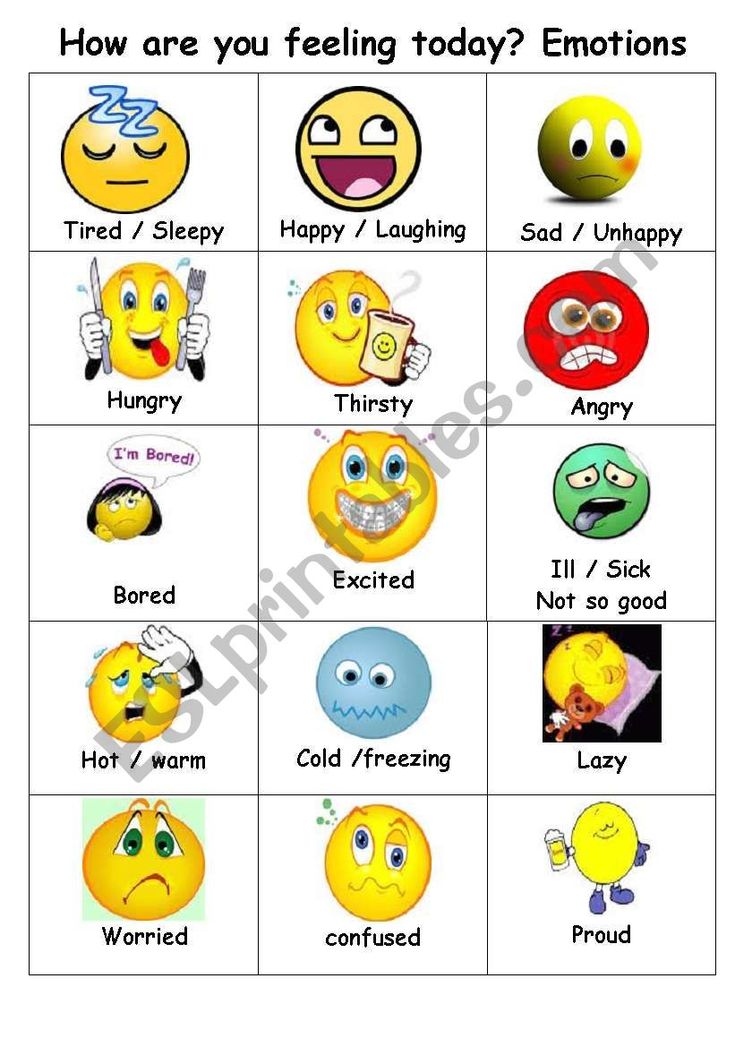
Additional materials
- Mood square 🟦🟥🟨🟩.
- Grace Craig. Psychology of development.
- Essential Skills During Times of Stress: An Illustrated Guide.
- William James. Talks To Teachers On Psychology; And To Students On Some Of Life's Ideals.
Article published: Psychological newspaper.
New articles
- Motive and incentive February 23, 2023
- Basic emotions poster February 23, 2023
- ❄️ "Snowball" of annoyance February 03, 2023
- Mood Square 🟦🟥🟨🟩 January 24, 2023
- Parable about the magic of a child psychologist January 20, 2023
- Kirill Karpenko. Notes of a school psychologist: for parents December 27, 2022
- Earth: Life without people / Aftermath: Population Zero (Christopher Rowley, 2008) 🌏 December 27, 2022
Popular materials
- Psychological aikido
- Ron Clark's 55 Rules for Learning Success in Every Child
- Game theory by Eric Berne
- Address the person by name
- Think Win/Win
- Conflict Strategies
- Life calendar in weeks
- Ron Clark
- Parenting Styles
- Psychological cushioning
- secular school
- The parable of the three sieves of Socrates
- Test. Can you identify emotions from facial expressions?
- Successful negotiations
- Disidentification, or "My shoes are not me!"
Helping Toddlers Understand Their Emotions - Child Development
Not so long ago, there was a common belief that young children, until they reach the age of two, until they start talking, are almost nothing as individuals, think almost nothing and do not experience any feelings. The very idea that a six-month-old baby could feel fear or anger, sadness or grief, sounded ridiculous. But thanks to the boom in early life psychology research over the past thirty years, we know that babies and toddlers are deeply sentient beings.
From the very first months of life, long before they begin to use words to express themselves, children experience peaks of joy, excitement and delight. They also feel fear, grief, sadness, hopelessness and anger - emotions that many adults still find impossible for toddlers. Research has also shown that children's ability to effectively manage their full range of emotions (i. e., self-regulation) is one of the most important success factors in school, work, and personal relationships over the long term.
e., self-regulation) is one of the most important success factors in school, work, and personal relationships over the long term.
Therefore, it is very important to help the child learn to cope with his feelings, not to be afraid, but to accept them, and all without exception. Feelings are not right or wrong, they just are. Sadness and joy, anger and love can coexist and are part of the full range of emotions children experience. By helping your child understand his feelings, you give him the tools to effectively manage himself.
The main obstacle for parents in trying to help their baby is that they often start with the assumption that a truly happy child is always happy. But, in order for the baby to develop strength and resilience, he needs to go through difficult trials, win the fight and cope with sadness and sadness. Ultimately, this brings children a sense of contentment and well-being.
What can parents do?
- From the very first months of life, learn to recognize and respond to their cues - their sounds, facial expressions and gestures.
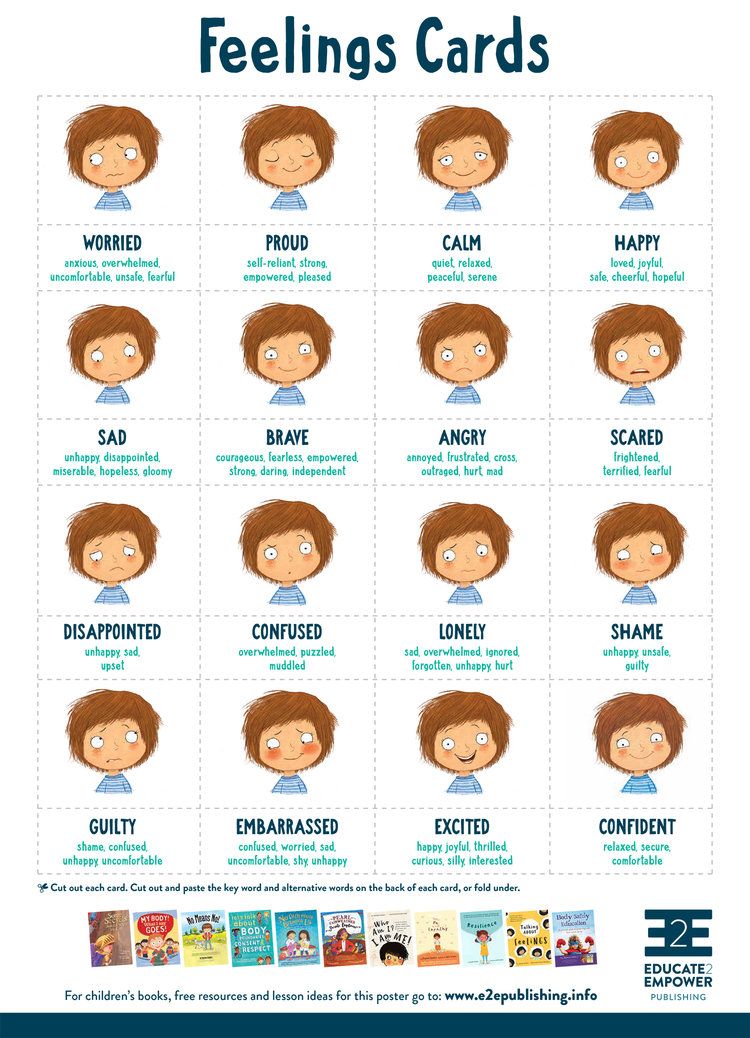 Your reaction will let the child know that you understand his feelings and they are very important to you. For example, this may mean that you should stop tickling a four-month-old baby as soon as he begins to arch his back and turn away from you. After all, in this way he signals to you that he needs a break. Also, do not bring a nine-month-old child to the window to wave to his mother if he is sad that she has gone to work.
Your reaction will let the child know that you understand his feelings and they are very important to you. For example, this may mean that you should stop tickling a four-month-old baby as soon as he begins to arch his back and turn away from you. After all, in this way he signals to you that he needs a break. Also, do not bring a nine-month-old child to the window to wave to his mother if he is sad that she has gone to work. - Recognize and name emotions and help your child deal with them. Emotions such as anger, sadness, frustration and disappointment can overwhelm the baby. Calling them by their proper names will help children learn to identify them and understand that these feelings are normal. This means acknowledging that a one and a half year old is angry about having to leave the playground, while a two year old is annoyed that his tower of bricks is constantly falling, and a three year old is sad that his grandmother and grandfather is leaving.
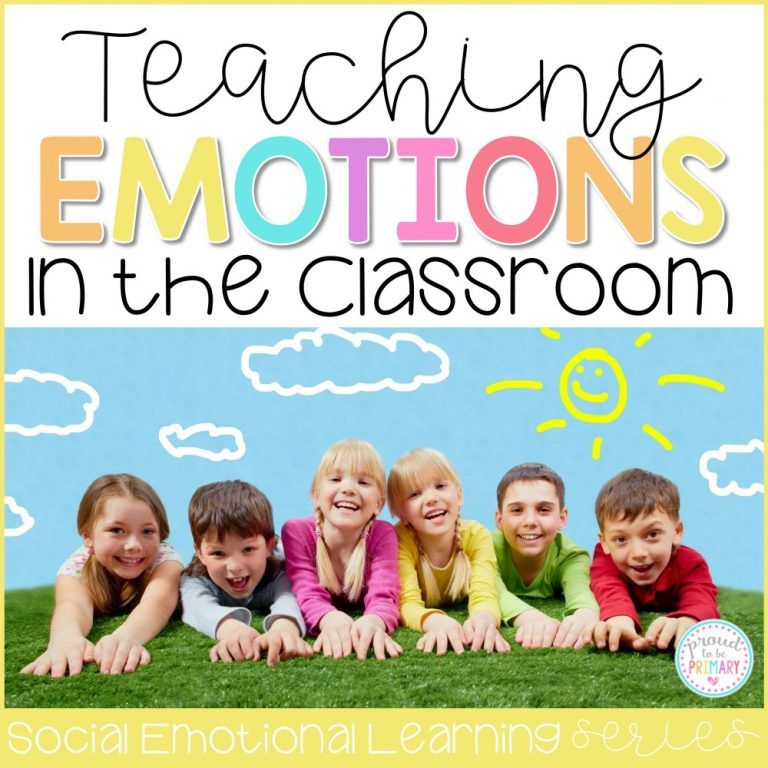
- Do not be afraid of feelings, they are not the problem. The problem is what we do or don't do with them. Listen openly and calmly as your child shares difficult experiences with you. When you ask a child about his feelings and acknowledge their presence, you let the baby know that his emotions are very valuable and important to you. Recognizing and identifying feelings is the first step towards managing them in a healthy and acceptable way.
- Avoid minimizing or discouraging children's feelings. The natural reaction of parents is to want the child to calm down as soon as possible so that all his negative feelings and emotions go away as soon as possible. "Don't be sad. You will see your friend another time." But the feelings do not go away, children need to express them in one way or another. Recognizing strong, deep feelings helps the child learn to manage them. “You are sad because your friend needs to go home. You love to play with him so much.
 Let's go to the window, wave goodbye to him and plan a new meeting with him in the near future. When feelings are minimized or ignored, children often express them through aggressive words and actions or hide them in themselves, which can eventually lead to the development of anxiety or depression.
Let's go to the window, wave goodbye to him and plan a new meeting with him in the near future. When feelings are minimized or ignored, children often express them through aggressive words and actions or hide them in themselves, which can eventually lead to the development of anxiety or depression. - Teach children how to deal with their feelings. If a one and a half year old baby is angry that play time is over, advise him to stamp his foot with all his strength or draw on paper with a red pencil how angry he is. Help a 2-year-old who is frustrated about not being able to hit the basket with a ball to come up with some other ways to solve the problem. Take your three-year-old child to a new kindergarten in advance if he is afraid of such an innovation in his life. Introduce him to the group and caregivers, let him play on the playground, and thus the unfamiliar environment will become familiar.
Our children's emotional responses often trigger our own emotional responses, which need to be eliminated and alleviated that could cause the child's suffering.

